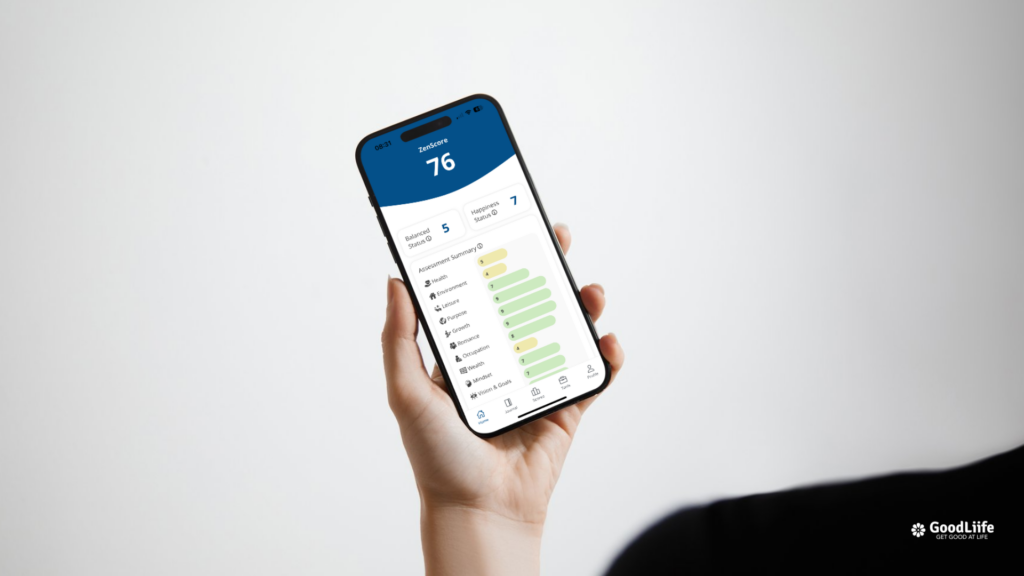Building a successful life coaching business requires more than just expertise—it requires the ability to attract, engage, and retain clients. Many coaches struggle with client acquisition, but with the right marketing and outreach strategies, you can establish a thriving coaching practice. This guide will walk you through proven methods on how to get life coaching clients and grow your business.
Understanding Your Ideal Clients
Before you market your services, it’s essential to identify your ideal clients. Ask yourself:
- What challenges do they face?
- What solutions are they looking for?
- Where do they spend time online and offline?
- What type of content resonates with them?
Clearly defining your target audience allows you to craft messages that speak directly to their needs and aspirations.
1. Build a Strong Online Presence
Create a Professional Website
A website serves as your digital storefront and should include:
- A compelling About Me page showcasing your expertise and story
- Clear descriptions of your coaching services and pricing
- Client testimonials and success stories
- A blog with valuable content related to personal development
- A simple booking system for consultations
Optimize for SEO
To rank higher in search engine results, incorporate keywords like how to get life coaching clients, life coaching services, and personal growth coaching into your website’s content.
Leverage Social Media
- Instagram & Facebook: Share motivational content, success stories, and interactive polls.
- LinkedIn: Position yourself as an expert by sharing insights and networking with professionals.
- YouTube & TikTok: Create short, impactful videos offering coaching tips and inspiration.
- Pinterest: Pin infographics and blog posts related to coaching and self-improvement.
2. Content Marketing for Client Attraction
Start a Blog
Regularly publishing blog posts on coaching topics helps build credibility and improve SEO rankings. Popular topics include:
- Overcoming self-doubt
- Goal-setting strategies
- Time management tips
- The benefits of working with a life coach
Email Marketing
Building an email list allows you to nurture leads and maintain relationships. Offer a freebie such as an eBook or coaching worksheet in exchange for email sign-ups.
Podcasting & Guest Appearances
Launching a podcast or appearing on others’ podcasts expands your reach and positions you as an authority in your niche.

3. Network and Build Partnerships
Join Coaching Associations & Groups
Being part of organizations like the International Coach Federation (ICF) helps you network with other coaches and potential clients.
Attend Personal Development Events
Workshops, retreats, and networking events are excellent places to connect with potential clients.
Collaborate with Other Professionals
Partner with therapists, fitness trainers, and business consultants who can refer their clients to you.
4. Offer Free or Low-Cost Coaching Sessions
If you’re new to coaching, offering free discovery calls or trial sessions helps build trust and allows potential clients to experience your coaching style.
Create Group Coaching Sessions
Running small group sessions can attract multiple clients at once while making coaching more affordable for them.
Host Free Webinars & Workshops
Live webinars on topics like self-improvement, productivity, and personal transformation can showcase your expertise and lead to paid coaching opportunities.
5. Leverage Client Testimonials and Referrals
Ask for Reviews and Testimonials
After working with clients, request written or video testimonials to build credibility.
Create a Referral Program
Offer discounts or free coaching sessions for clients who refer others to you.
Use Case Studies
Sharing success stories of past clients (with their permission) provides social proof and attracts new clients.
6. Paid Advertising Strategies
Facebook & Instagram Ads
Run targeted ads promoting your coaching services, discovery calls, and free resources.
Google Ads
Use pay-per-click (PPC) ads to appear in searches when potential clients look for life coaching services.
Retargeting Ads
These ads remind visitors who have interacted with your website or social media to take action.
7. Use the GoodLiife Score to Differentiate Yourself
One powerful way to stand out in the life coaching industry is by incorporating The GoodLiife Score, a tool that helps clients track their progress and measure personal growth.

Benefits of Using the GoodLiife Score:
- Personalized Client Assessments: Identify client strengths and focus areas.
- Progress Tracking: Show measurable improvements over time.
- Client Accountability: Helps clients stay motivated and engaged.
- Increased Client Retention: Clients are more likely to continue coaching when they see tangible results.
- Competitive Edge: Having a structured system sets you apart from other life coaches.
By integrating the GoodLiife Score into your coaching process, you offer clients a structured and data-driven approach, making them more likely to invest in your services long-term.
Conclusion
Attracting life coaching clients requires a combination of marketing, networking, content creation, and client engagement strategies. By building a strong online presence, leveraging partnerships, offering valuable free content, and utilizing tools like the GoodLiife Score, you can establish a thriving coaching business. Stay consistent, provide value, and clients will follow.
For more information on GoodLiife, visit www.goodliife.net or download the app from the App Store.

Leave a Reply